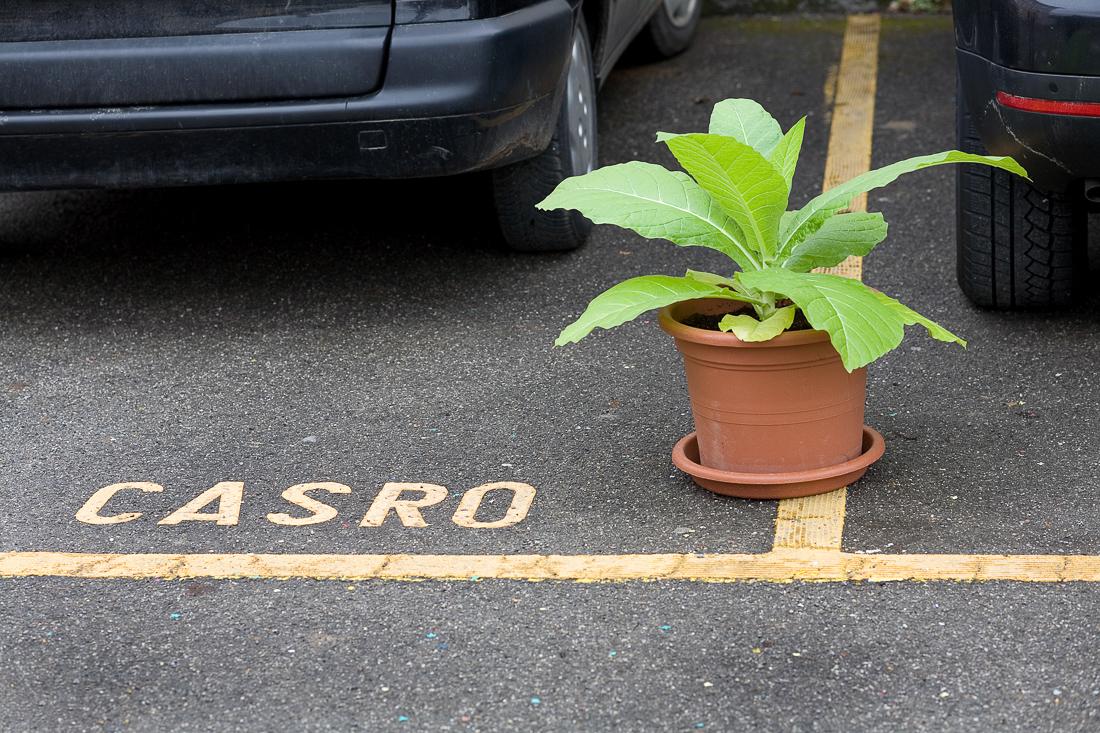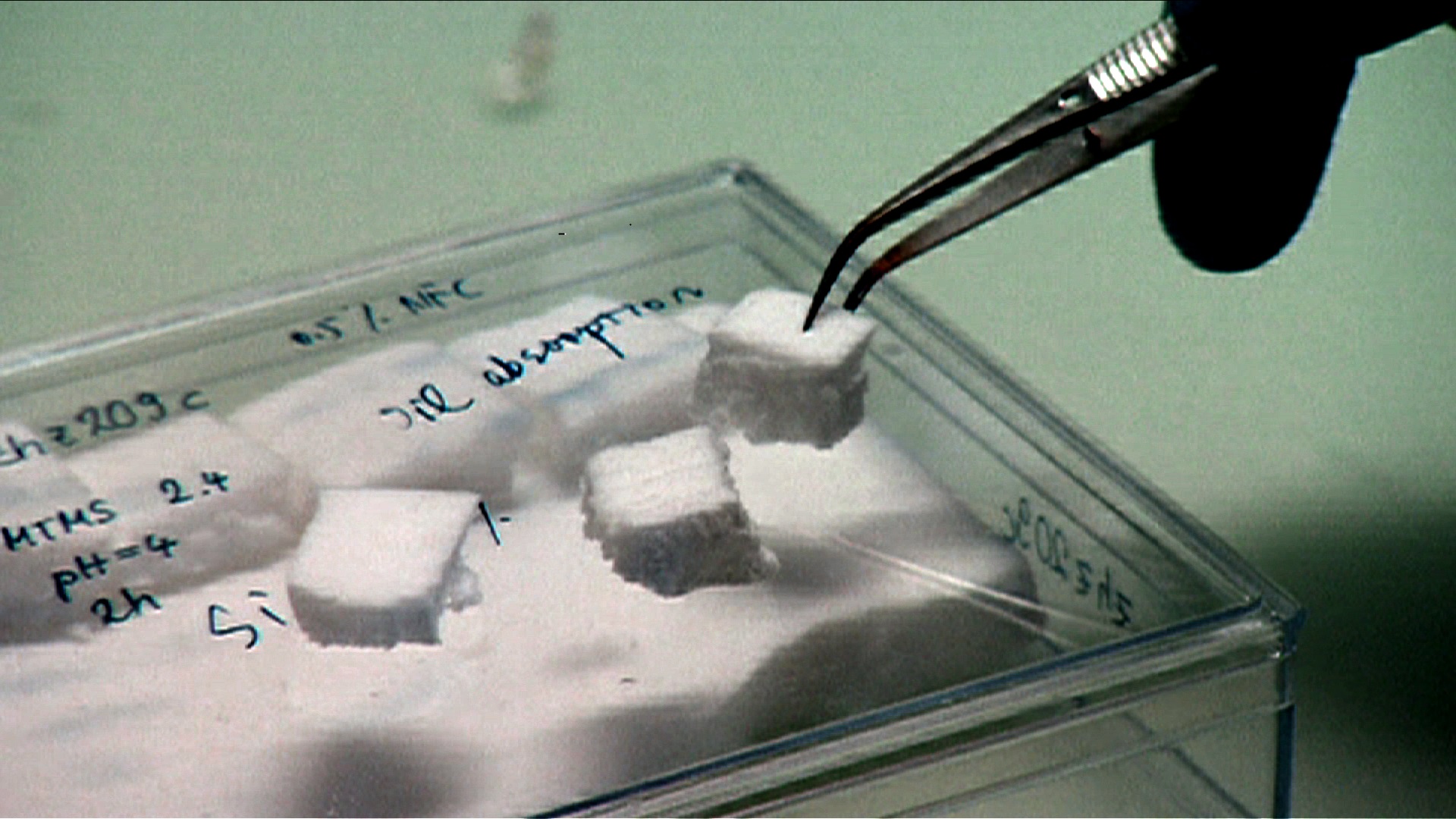Swiss researchers launch ‘cyberwood’ sensor

Zurich scientists have developed an ultra-sensitive thermometer made of tobacco cells and nanotubes that could be deployed in biomedical devices and low-cost thermal cameras.
The futuristic sensor, developed by researchers at Zurich’s Federal Institute of Technology (ETHZ), was inspired by temperature-sensitive plants. The team built the device out of a bio-synthetic hybrid material of tobacco cells and nanotubes.
“We let nature do the job for us,” explained Chiara Daraio, Professor of Mechanics and Materials at ETHZ.
The temperature sensor is extremely sensitive, changing its conductivity according to temperature.
“No other sensor can respond to such small temperature fluctuations with such large changes in conductivity. Our sensor reacts with a responsivity at least 100 times higher compared to the best existing sensors,” says Raffaele Di Giacomo, a postgraduate student in Daraio’s group.
Tobacco cells were cultivated in a material containing tiny electrically conductive carbon nanotubes, which formed a connection between the tobacco cells.
‘Cyberwood’
When dried, the nanotube-cultivated cells formed a solid material that Di Giacomo calls ‘cyberwood’. But unlike wood, this material can conduct electricity thanks to the nanotubes. In experiments the cyberwood sensor identified warm bodies at distance.
The scientists’ next step is to create a flexible, transparent and even biocompatible sensor with the same ultra-high temperature sensitivity. Cyberwood could be used in a wide range of applications such as a screen that reacts to gestures, heat-sensitive cameras or night-vision devices.
Di Giacomo told swissinfo.ch that future sensors using the technology would be much cheaper and sensitive.
“You could imagine it being used on cars at night to detect pedestrians crossing the street,” he explained. The market for thermal cameras is expected to grow from $4-5 billion (CHF3.8-4.8 billion) at present to $6-8 billion by 2020.
It has been known for decades that plants have an amazing ability to register extremely small temperature differences and respond to them through changes in the conductivity of their cells.
Sugar molecules found in plant cell walls, known as pectins, and charged atoms play a key role in the temperature sensitivity. Depending on the temperature, pectins can be cross-linked to form a gel. Calcium and magnesium ions are both present in this gel.
“As the temperature rises, the links of the pectin break apart, the gel becomes softer, and the ions can move about more freely,” explained Di Giacomo. As a result, the material conducts electricity better when temperature increases.

In compliance with the JTI standards
More: SWI swissinfo.ch certified by the Journalism Trust Initiative



You can find an overview of ongoing debates with our journalists here. Please join us!
If you want to start a conversation about a topic raised in this article or want to report factual errors, email us at english@swissinfo.ch.